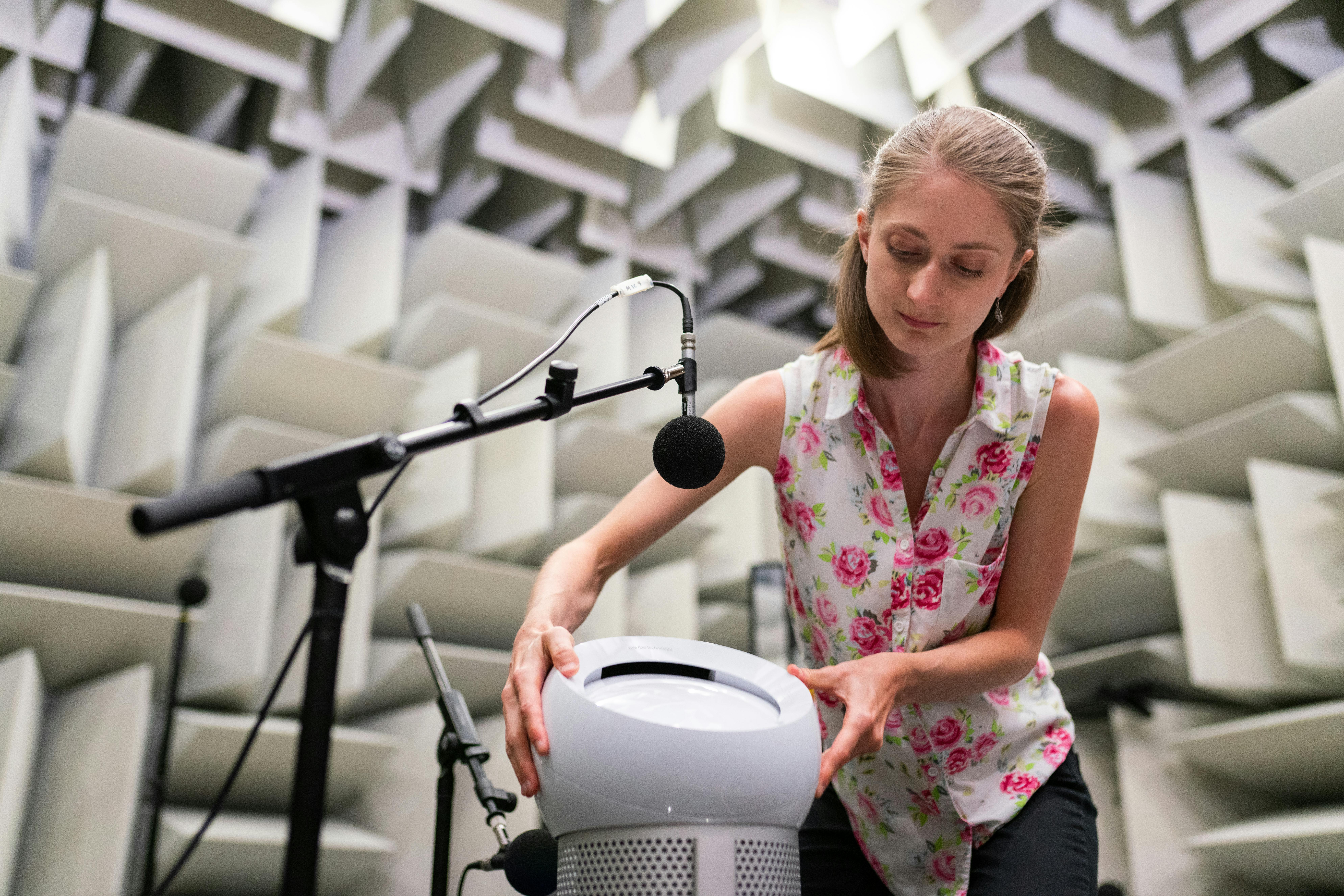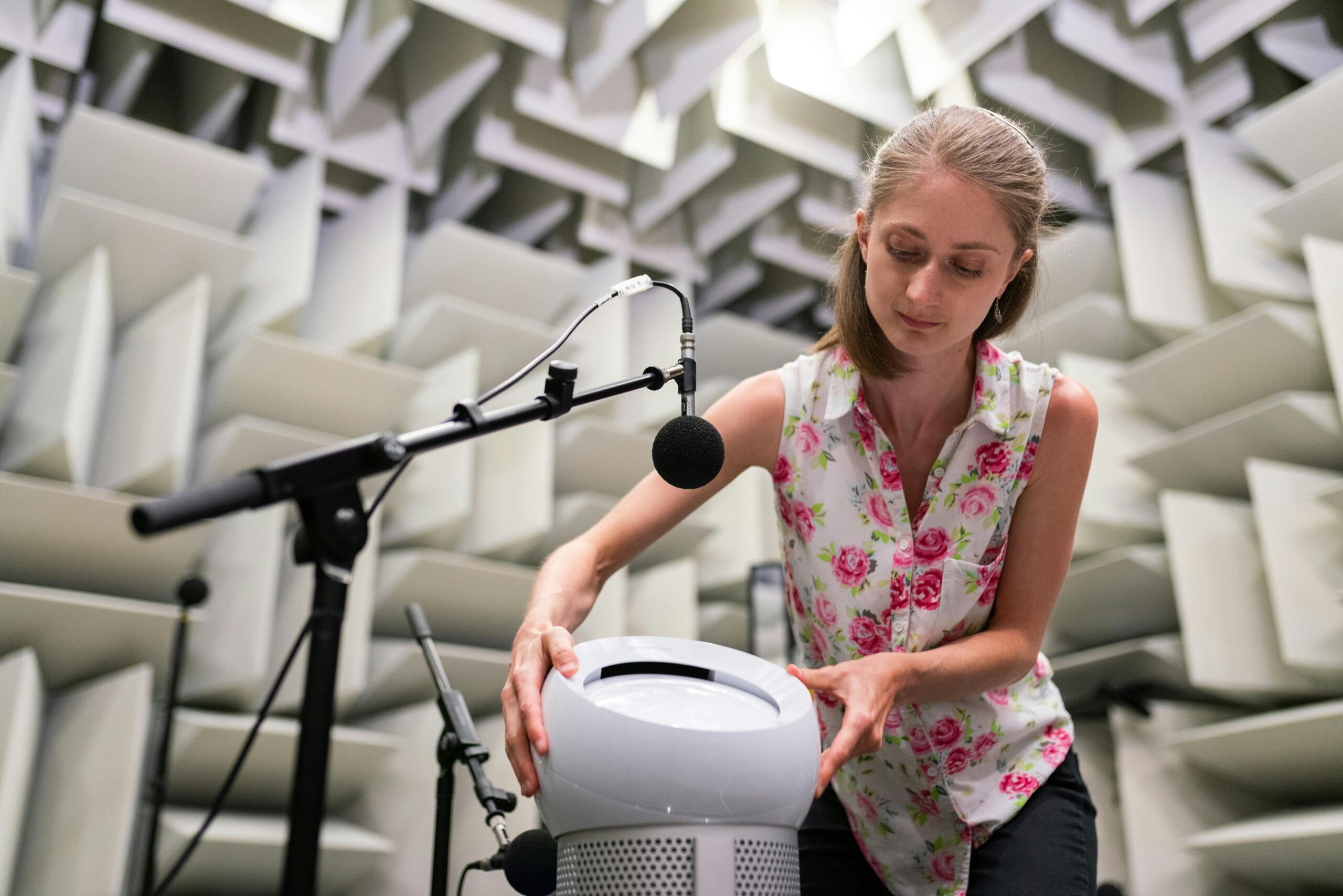Understanding the Fundamentals of Sound Science PDF
Sound science forms the backbone of innovation, policy-making, and education. In a world driven by data and discovery, understanding the fundamentals of sound science PDF is more critical than ever. This article offers an in-depth exploration of these principles, showing how they apply in real life and how you can leverage them for practical success.

Understanding the Fundamentals
The fundamentals of sound science refer to the reliable, repeatable, and objective methods used to gather knowledge. These principles ensure credibility and consistency in scientific findings, allowing for widespread trust and practical implementation.
Sound science has evolved over centuries, from early philosophical inquiry to rigorous experimental design. Today, these fundamentals serve as the gold standard for evaluating new technologies, medications, environmental policies, and more.
1.1 Evidence-Based Methods
Evidence-based science relies on data gathered through structured observation, experimentation, and peer review. For example, in pharmaceutical research, double-blind clinical trials provide a solid foundation for drug approval.
Common misconceptions include the idea that science can “prove” things definitively. Instead, it offers the most probable explanation based on current evidence. This distinction is crucial for avoiding misinformation.
1.2 Replicability and Peer Review
Unlike anecdotal claims, sound science emphasizes replicability—an experiment’s ability to produce the same results when repeated. This helps weed out false positives and errors.
Peer review ensures that studies meet rigorous standards before publication. While not flawless, it remains a cornerstone of scientific credibility and integrity.
Practical Implementation Guide
Applying the fundamentals of sound science PDF involves more than reading—it requires a shift in mindset. When executed well, these principles lead to smarter decisions, clearer communication, and more sustainable practices.

2.1 Actionable Steps
- Step 1: Define Your Hypothesis — Start with a clear, testable question based on observations or problems.
- Step 2: Gather Tools & Resources — Use reliable equipment, software, and data repositories aligned with scientific standards.
- Step 3: Create a Timeline — Establish milestones like data collection, peer reviews, and revisions. This enhances consistency and project management.
2.2 Overcoming Challenges
Implementing sound science isn’t always straightforward. Common challenges include:
- Lack of funding or resources
- Data bias or incomplete datasets
- Difficulty in replicating studies
Solutions include collaboration with universities, use of open-access journals, and applying statistical validation methods. Always double-check for confirmation bias, especially during interpretation.
Advanced Applications
Once you’ve mastered the basics, it’s time to apply these principles in more complex, impactful ways. Advanced techniques require deeper analysis and often involve interdisciplinary collaboration.

3.1 Meta-Analysis and Systematic Review
Meta-analysis aggregates multiple studies to identify broader patterns. For instance, a meta-analysis of nutritional science can determine diet effects more accurately than a single study. Performance metrics like confidence intervals and p-values help validate conclusions.
3.2 Integrating Technology and AI
Modern science leverages AI to simulate experiments, predict outcomes, and analyze massive datasets. Integration requires compatibility with databases, software tools, and security protocols to protect sensitive data.
Future Outlook
Scientific innovation is accelerating. Trends include decentralized science (DeSci), open-access publishing, and bioinformatics. These developments will make the fundamentals of sound science PDF even more accessible and influential.
To prepare, professionals should stay current with certifications, attend workshops, and participate in collaborative platforms like virtual labs and science forums.
Conclusion
Three key takeaways include:
- Sound science relies on replicability, peer review, and data integrity
- Practical implementation requires planning, tools, and objective thinking
- Advanced techniques like meta-analysis and AI enhance scientific accuracy
Mastering the fundamentals of sound science PDF can dramatically improve how you analyze data, solve problems, and influence decisions. Start by applying what you’ve learned today—whether you’re a student, educator, or professional scientist.
Frequently Asked Questions
- Q: What is sound science in simple terms? Sound science is a way of studying the world using reliable, testable, and repeatable methods to gather knowledge.
- Q: How can I start learning the fundamentals? Begin with a quality PDF or textbook on scientific methods, then apply them in small-scale experiments or studies.
- Q: How long does it take to master these concepts? With consistent study, one can grasp core concepts in 3-6 months, depending on prior experience and field.
- Q: Is there a cost involved in accessing sound science resources? Many foundational PDFs and resources are free or low-cost through academic institutions and open-access platforms.
- Q: How does sound science compare to pseudoscience? Sound science is based on evidence and peer review, while pseudoscience lacks empirical support and often relies on anecdotal claims.
- Q: Is this difficult for non-scientists to understand? Not at all—many resources explain these principles in layman’s terms. The key is to build gradually with examples and hands-on learning.
- Q: Can I use these principles in business or policy? Absolutely. Sound science is used in environmental policy, product development, healthcare, and risk assessment across industries.
